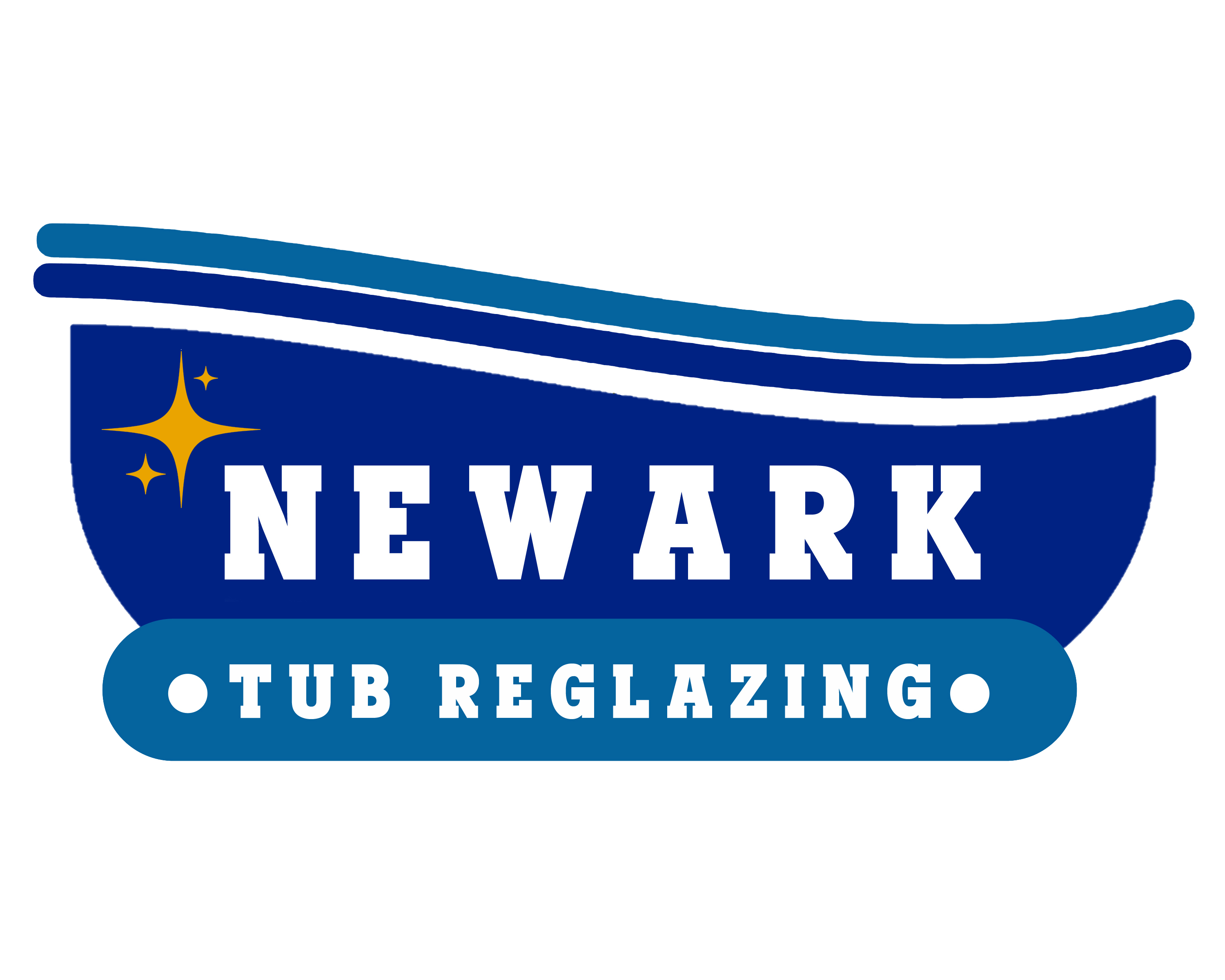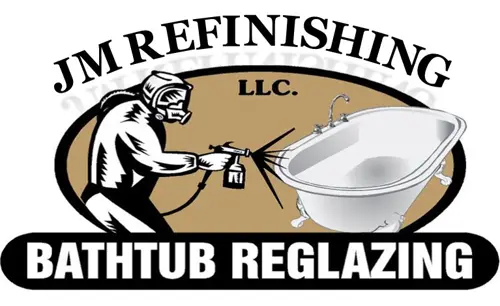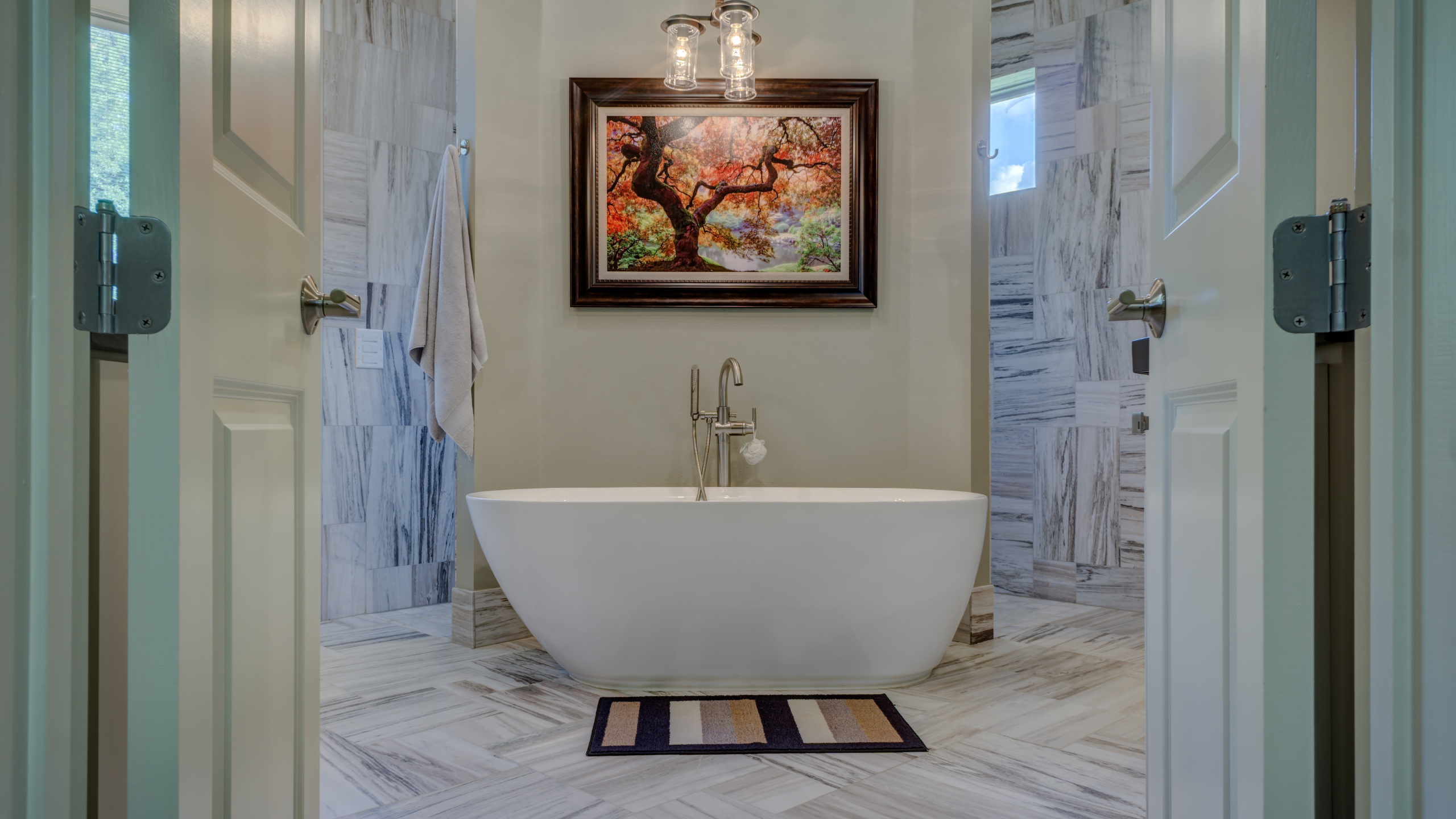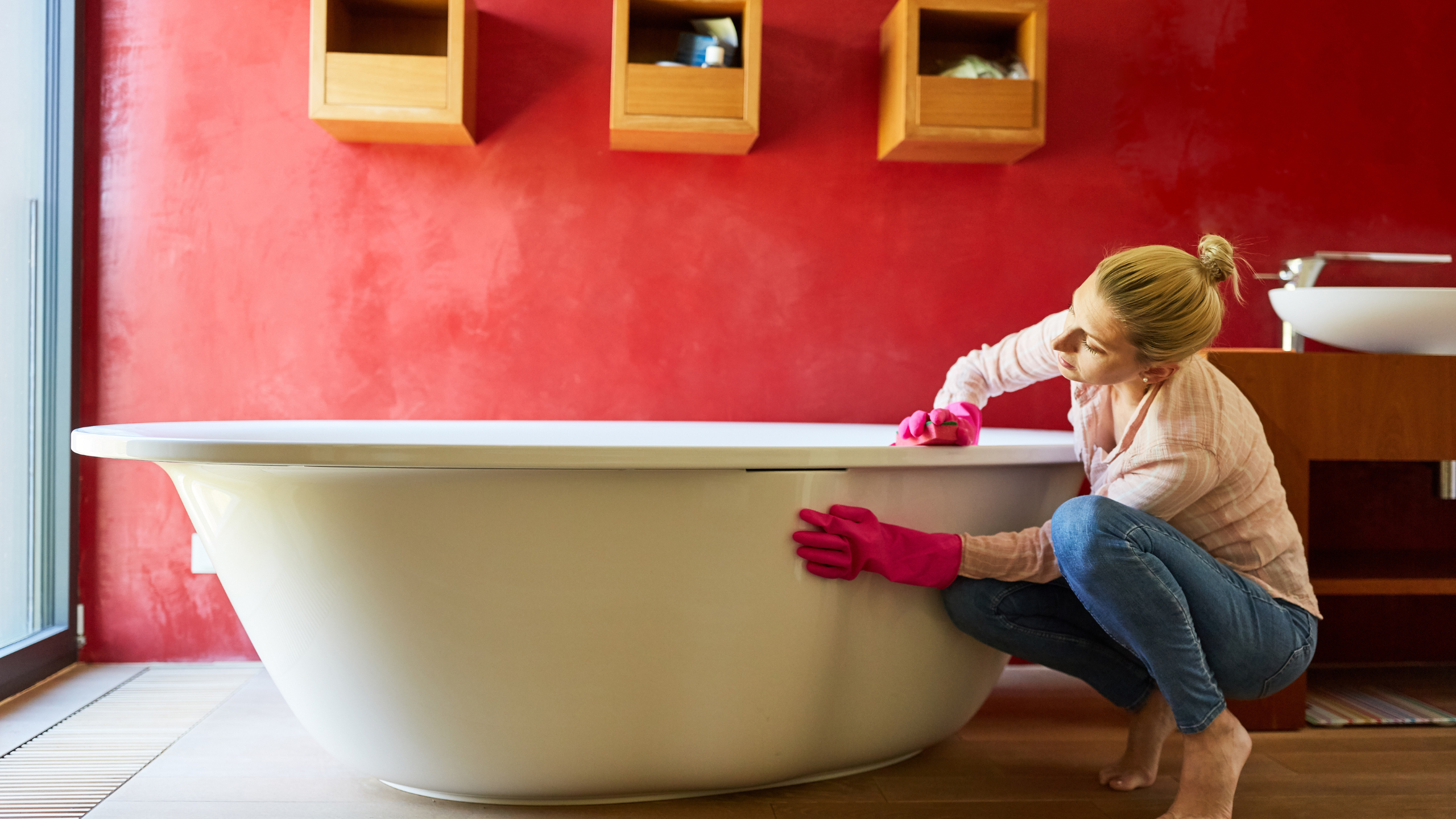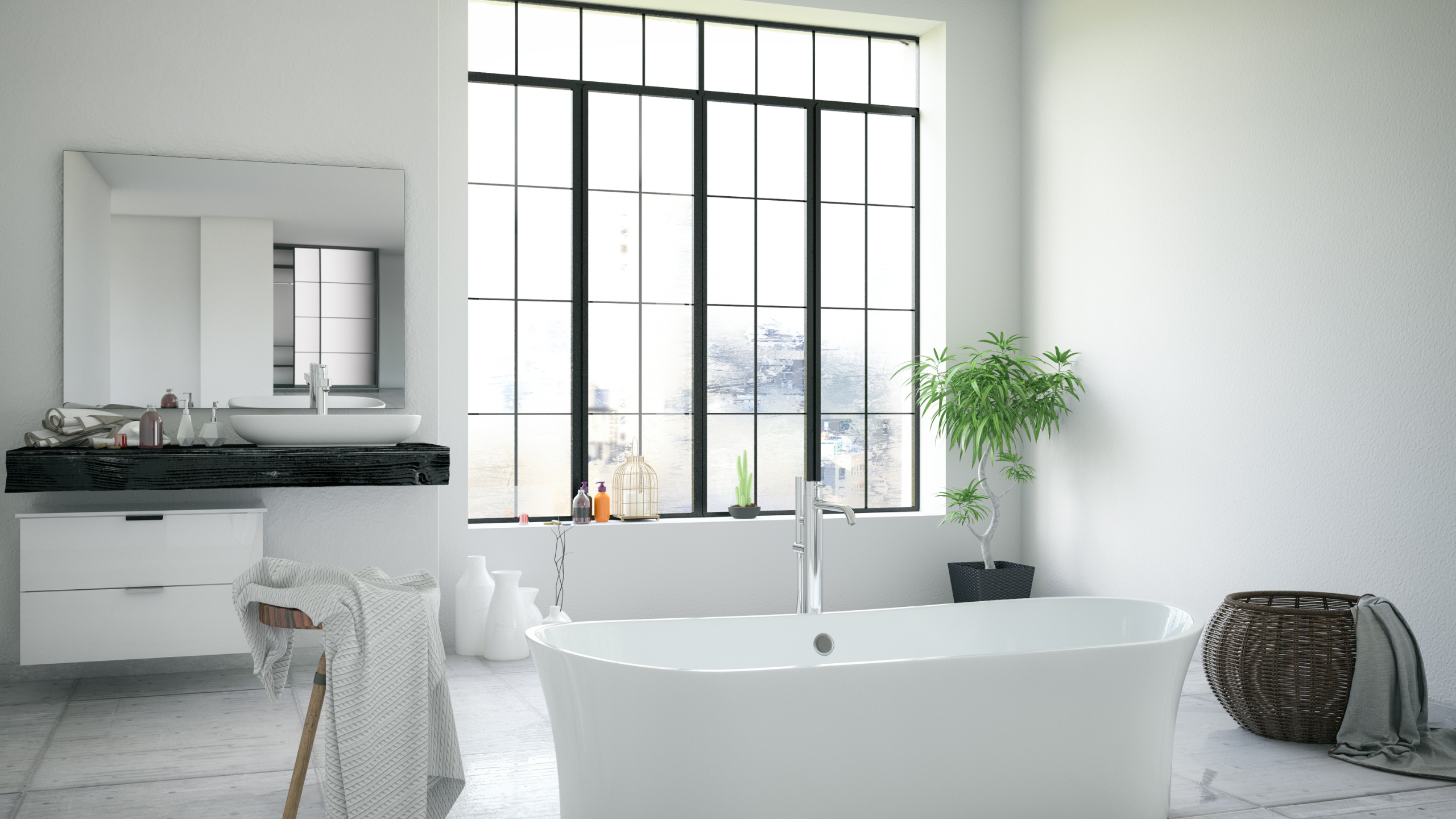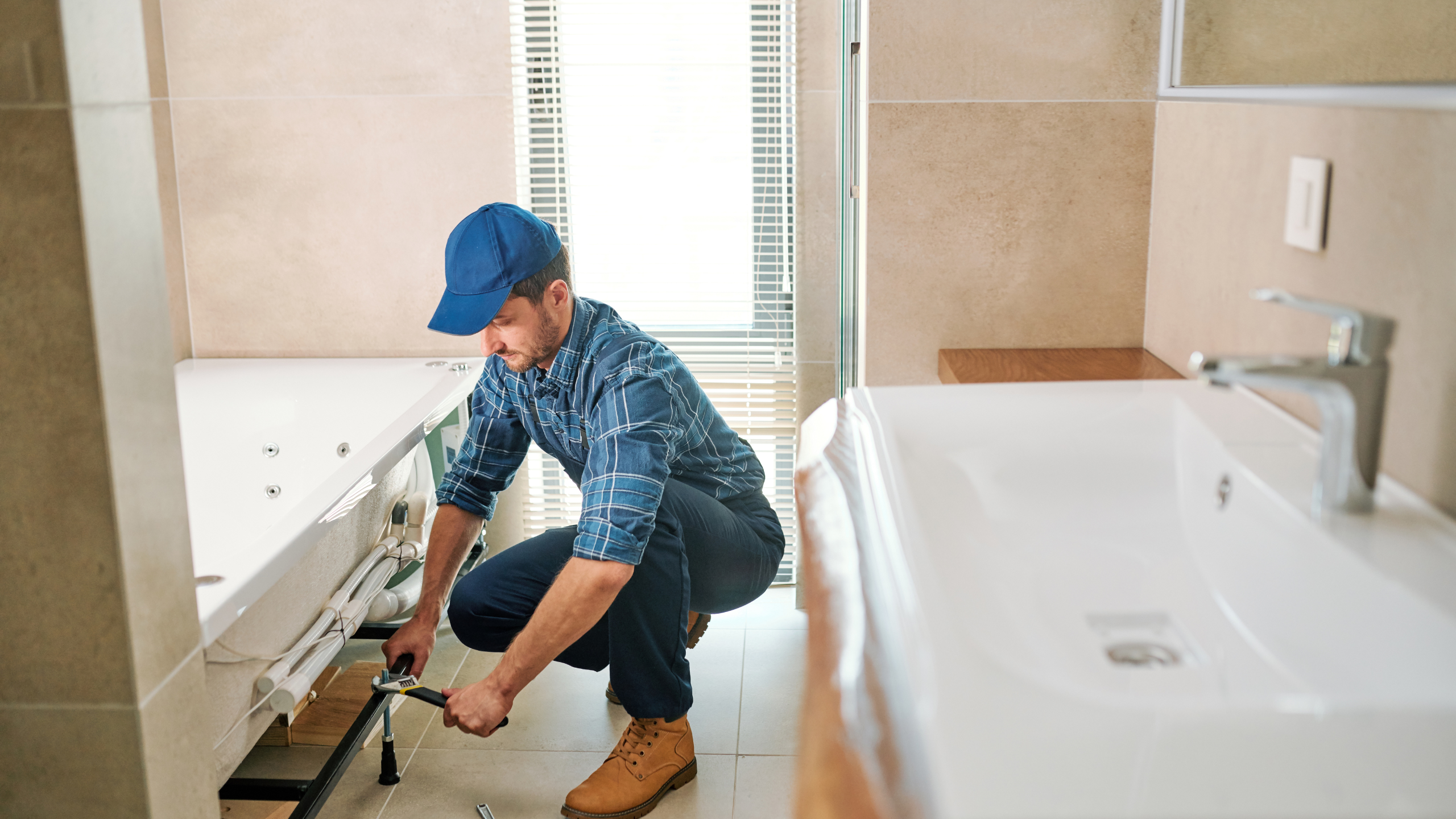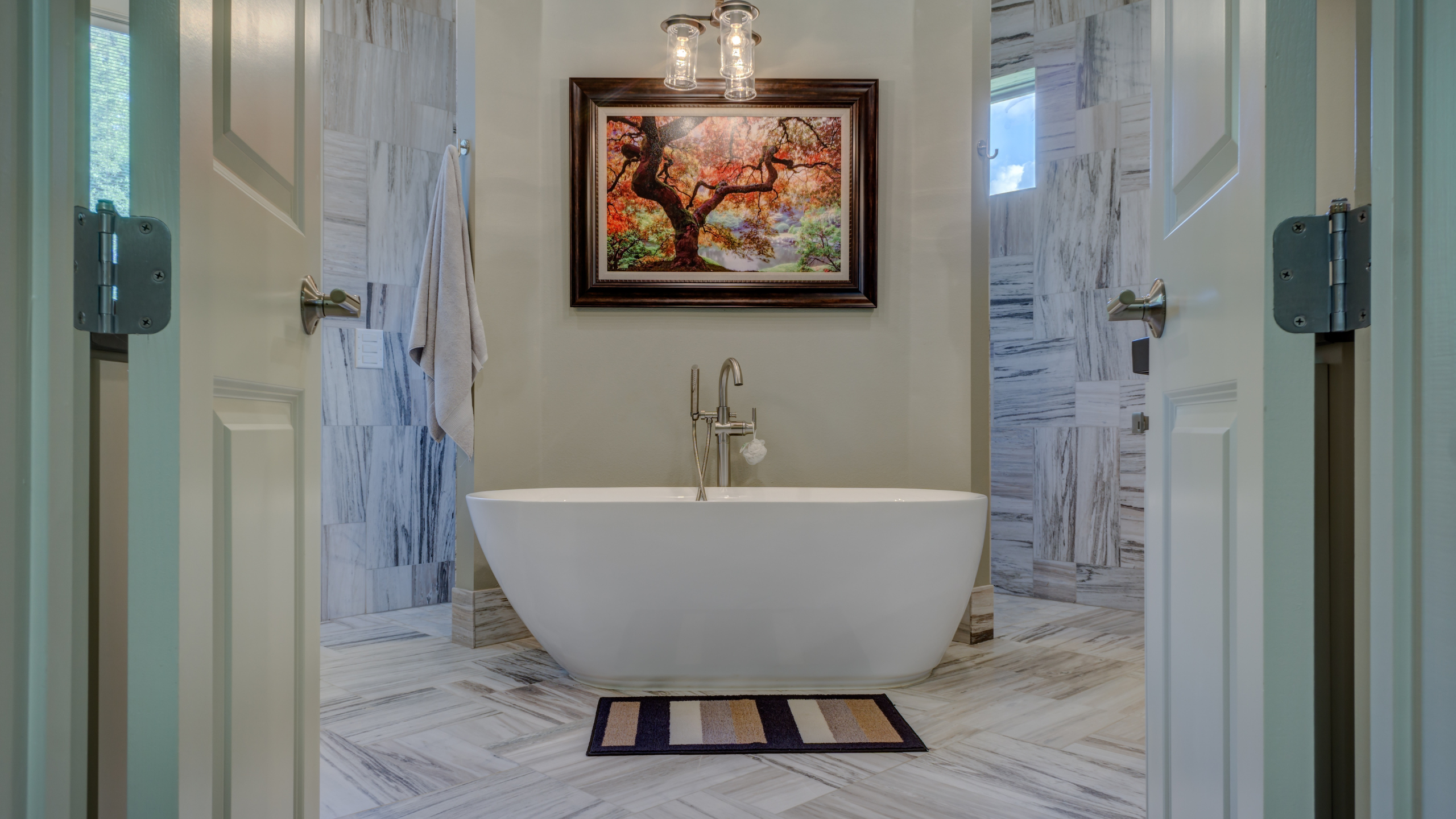The majority of people choose tub reglazing over buying a brand-new bathtub. Why? Because a well-executed bathtub restoration method might make a tub seem brand new. Additionally, using this method, your customers will not have to change the current flooring, tiling, fixtures, or anything else to keep their bathtubs in place. While the job is done, the surrounding surfaces are left in place and covered with masking tape.
While renovating a bathtub, there are several things to think about. The following sections will go through seven easy steps to ensure that your next tub reglazing job is a big success.
Step 1: Prepare Your Workspace
Make sure your workstation is organized before starting your bathtub repair operation. You must cover any nearby surfaces and take all other safety measures. Open a window, run the bathroom fan, and use an industrial fan to expel the air from the room outside to guarantee enough ventilation.
Step 2: Remove Caulk
The overflow plate above the tub drain should be taken off first. Next, cut the caulk where it joins the surround with a utility knife. The caulk may be removed with a putty knife. When it separates gently. (If black markings emerge during this procedure, do not be frightened; they could be erased later.)
The residue must be removed with a silicone digester if the caulk you remove includes silicone. If you don’t, the tub’s reglazing job will be undone.
Step 3: Clean the Bathtub Thoroughly
Before being refinished, a tub must be thoroughly cleaned. First, scrub it with a scouring pad and powder. Using a razor scraper is an excellent method of removing soap scum from surfaces. Do not disregard the area beneath the soap dish since debris will undoubtedly accumulate there. Finally, because the drain is where tub reglazing failures occur, pay close attention to it.
Step 4: Repair Any Damage
A bathtub’s surface has to be flawlessly smooth before it is finished. Therefore, it is necessary to make any fractures, chips, or other damage right away. To do this, line the bottom of the tub with masking paper before filling in the flaws with filler using a putty knife. Before sanding, make sure the stuffing is entirely dried. This process must be done multiple times to get the desired result.
Step 5: Sand the Tub
The tub’s surface has to be sanded when it has thoroughly dried. The cover may be polished with a manual or electric orbital sander and 120-grit sandpaper. You need to wear a respirator throughout this phase. After sanding the whole tub, remove the dust and debris with a moist paper towel. Carefully wipe toward the tub’s rear to prevent contacting the drain. Applying detailing compound or lacquer thinner is the last step.
Step 6: Apply Masking Tape
The next step is to cover the tub’s tile and surrounding floors with masking tape. Additionally, video has to be applied on the drain (clip any excess so it does not obscure the glass). Cover the faucet and showerhead with a rubber glove or other suitable barrier to prevent drips from damaging the tub reglazing process.
Step 7: Apply Tub Reglazing Product
After completing steps one through six, you are prepared to glaze the artwork. Because every bathtub refinishing product is unique, be cautious to read the directions in their entirety. The masking may be removed once the tub has dried for a few hours. But be careful to finish it early enough. If not, particles could fall and adhere to the tub’s surface. Repaint the bathtub with caulk after 24 hours have passed. You may finish the project by swapping out the overflow cover at the 48-hour mark.
Click here for more information about professional bathtub refinishing.
Newark Tub Reglazing provides all the necessary equipment, including bathtub refinishing classes, to refine your reglazing abilities. Contact us at any moment if you want to learn more.
